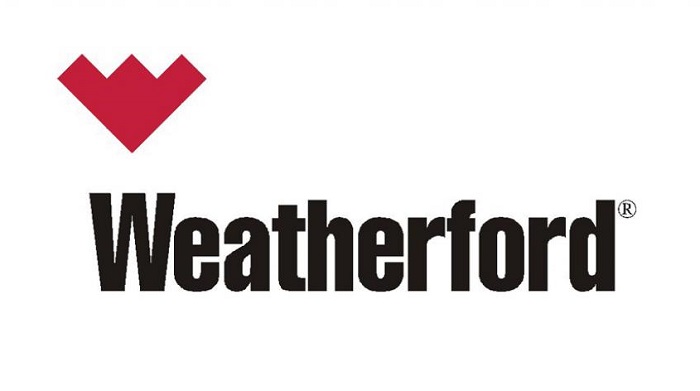When EnergyPoint published its first-ever survey results in 2004, Halliburton was in the midst of a high-profile juggling act of sorts. The company was grappling with asbestos-related legal issues inherited via its ill-fated Dresser Industries acquisition, even as its now-jettisoned KBR subsidiary was taking flak—both in the media and in political circles—over a series of inutile U.S. military contracts.
At the time, we weren’t sure if these distractions were contributing to the company’s lackluster oilfield customer satisfaction scores. In retrospect, it appears they were. Halliburton’s ratings improved appreciably once the issues were resolved, as management concentrated on its mainstay energy-services business. Continue reading “Halliburton Looks to the Future”















